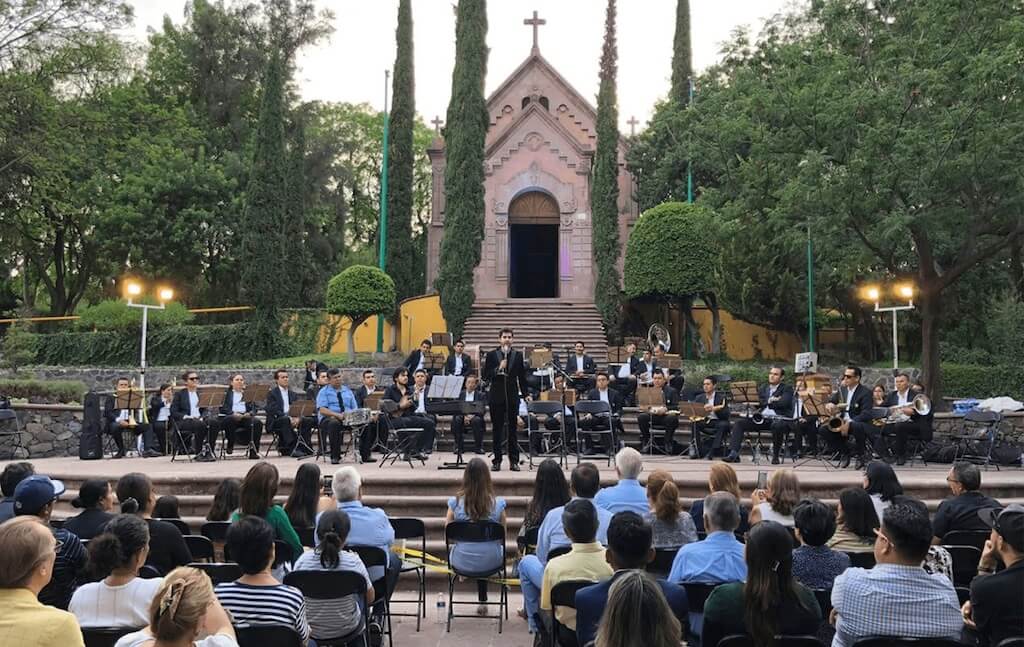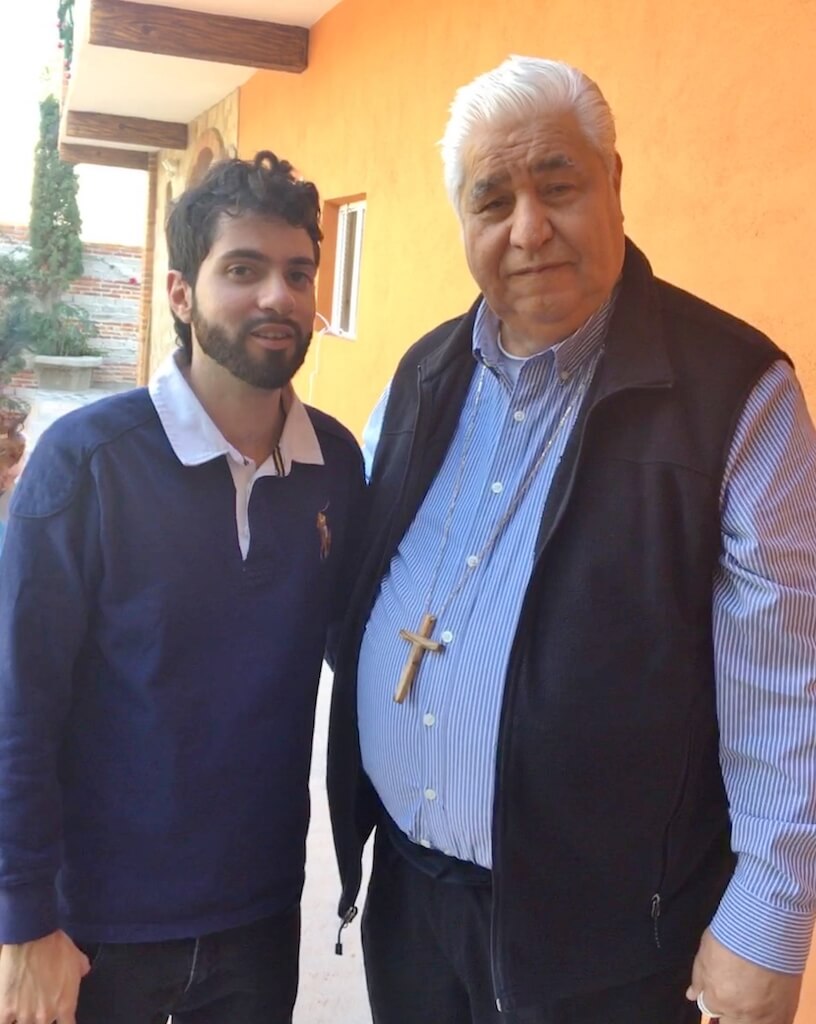Just like most of the traditional waltzes from Vienna or Russia, for the composer this type of music evokes the royal parties of monarchies and aristocrats; standing out a variety of elements, starting with the decoration of the hall, details of the furniture, and extravagant costumes of people attending those parties. As the origin of the German word walzer (dance in circles), the tempo 3/4 is so unique and can motivate anyone to choose a dance partner and start moving in circles in an upright posture.
- Waltz Emperor Maximilian of Habsburg: He was a member of the most important Royal family in the history of humanity, they ruled Europe for around 800 years. The direct relatives and ancestors of Maximilian supported composers like Mozart, Beethoven and Francis Joseph Hayden. I released the waltz I composed for Maximilian on May 15, during the 154th anniversary of his death, at the exact place where he was executed, and where his family built a chapel as a symbolic memory for him. His execution shocked all the European monarchies, such as Queen Victoria who was her direct cousin. Napoleon III was also close to him and was a childhood friend of Maximilian. The waltz starts with an introduction in adagio, because according to the chronicles and Maximilian´s dairy, he loved to study nature and each rare species of insects that crossed his path; he would stop, hold it gently, and then analyze its characteristics.
- The Bishop Waltz: dedicated to Rogelio Cabrera who has served as bishop of several regions. In 2019 he was proclaimed President of The Mexican Episcopal Conference, an organization that is the official leadership body of the Catholic Church in Mexico. In the waltz I bring attention to how the catholic church is surrounded by Arts, starting with important paintings, sculptures, architecture and music. The best example are: Guido of Arezzo, an Italian Monk who is the inventor of the musical notation that is used to this day. Also, the figure of Bishops, throughout the history was highly related with European kingdoms.

You can listen to my newest composition in Youtube, Spotify, Apple Music or Amazon Music (links to all channels below):
